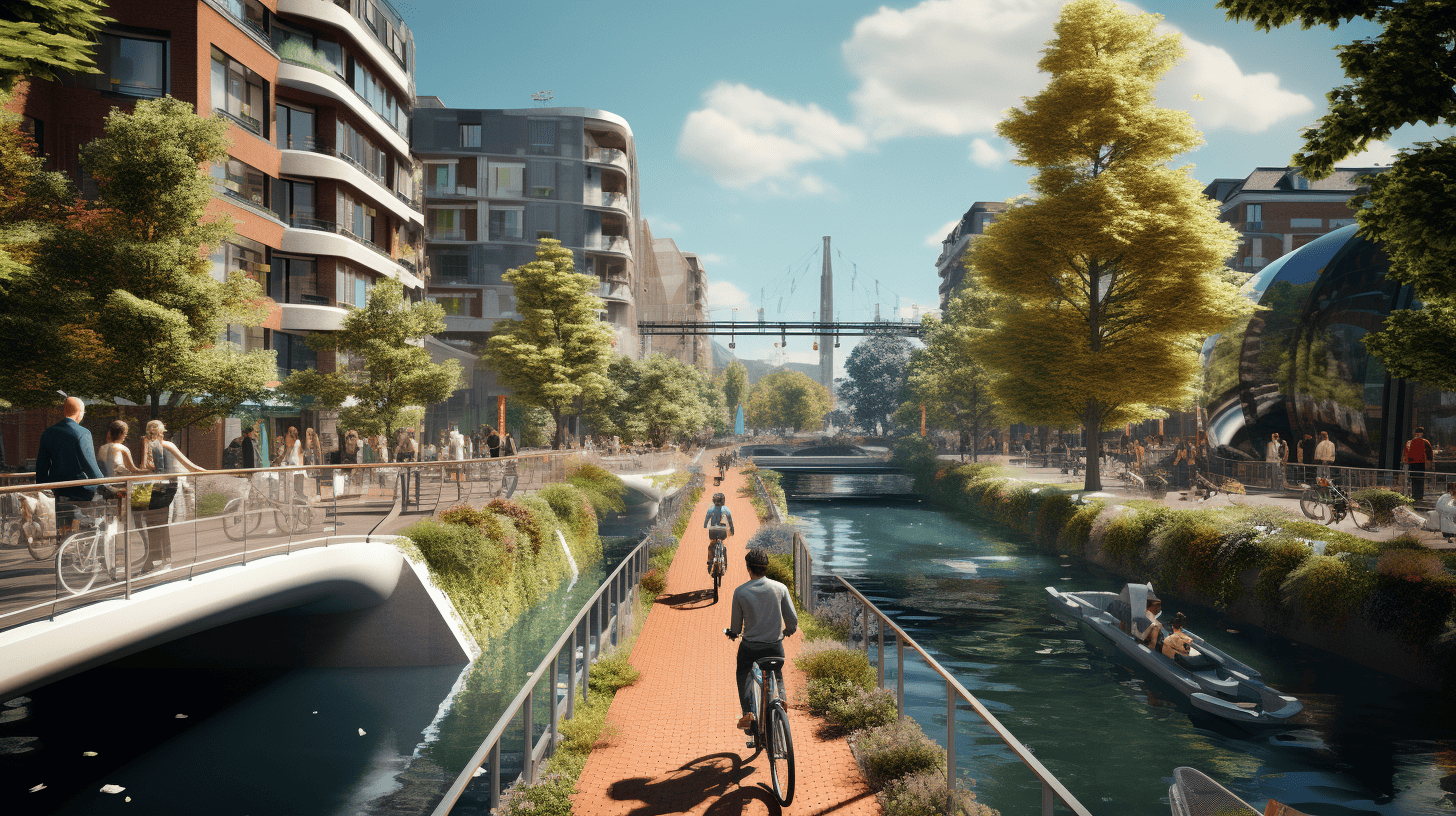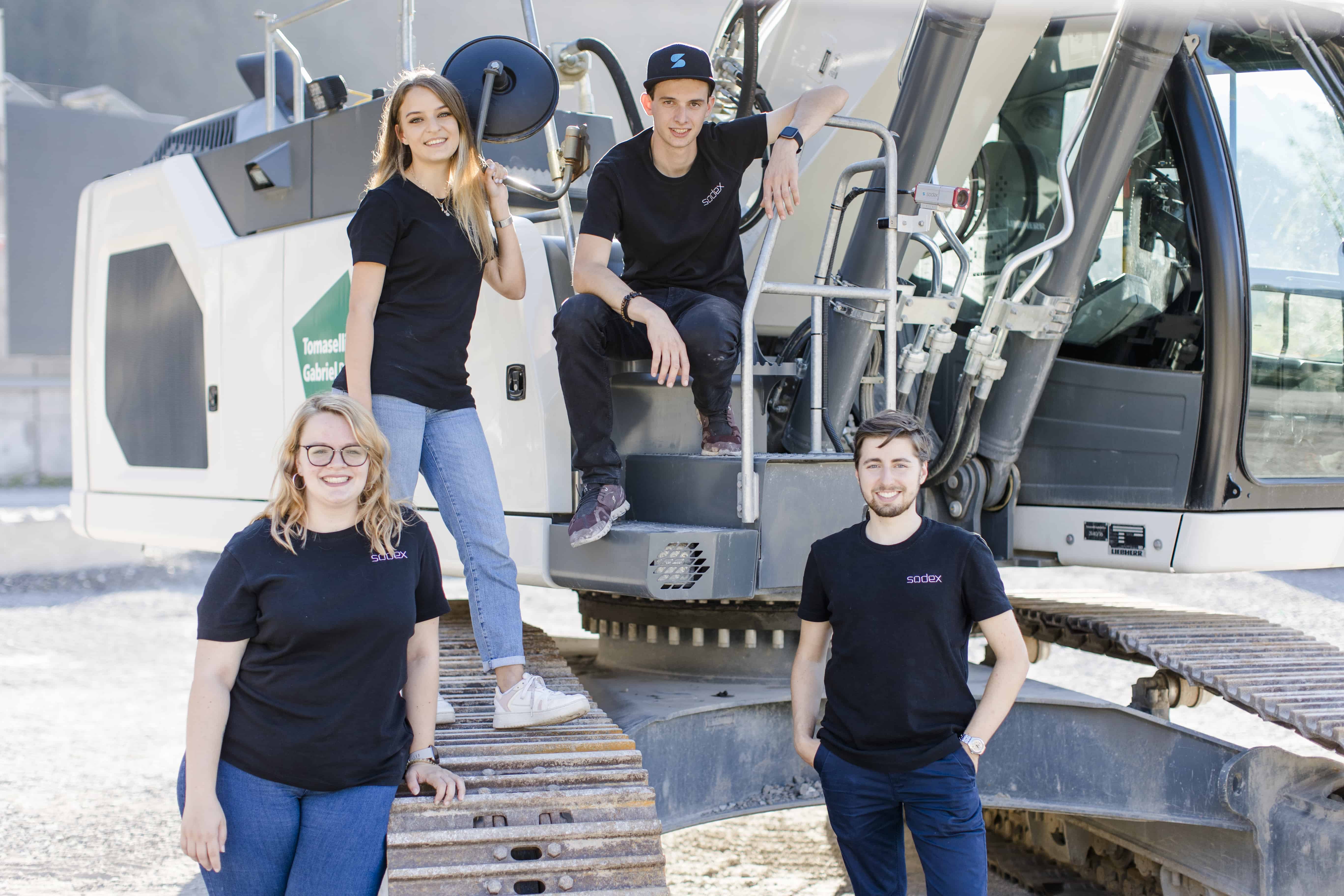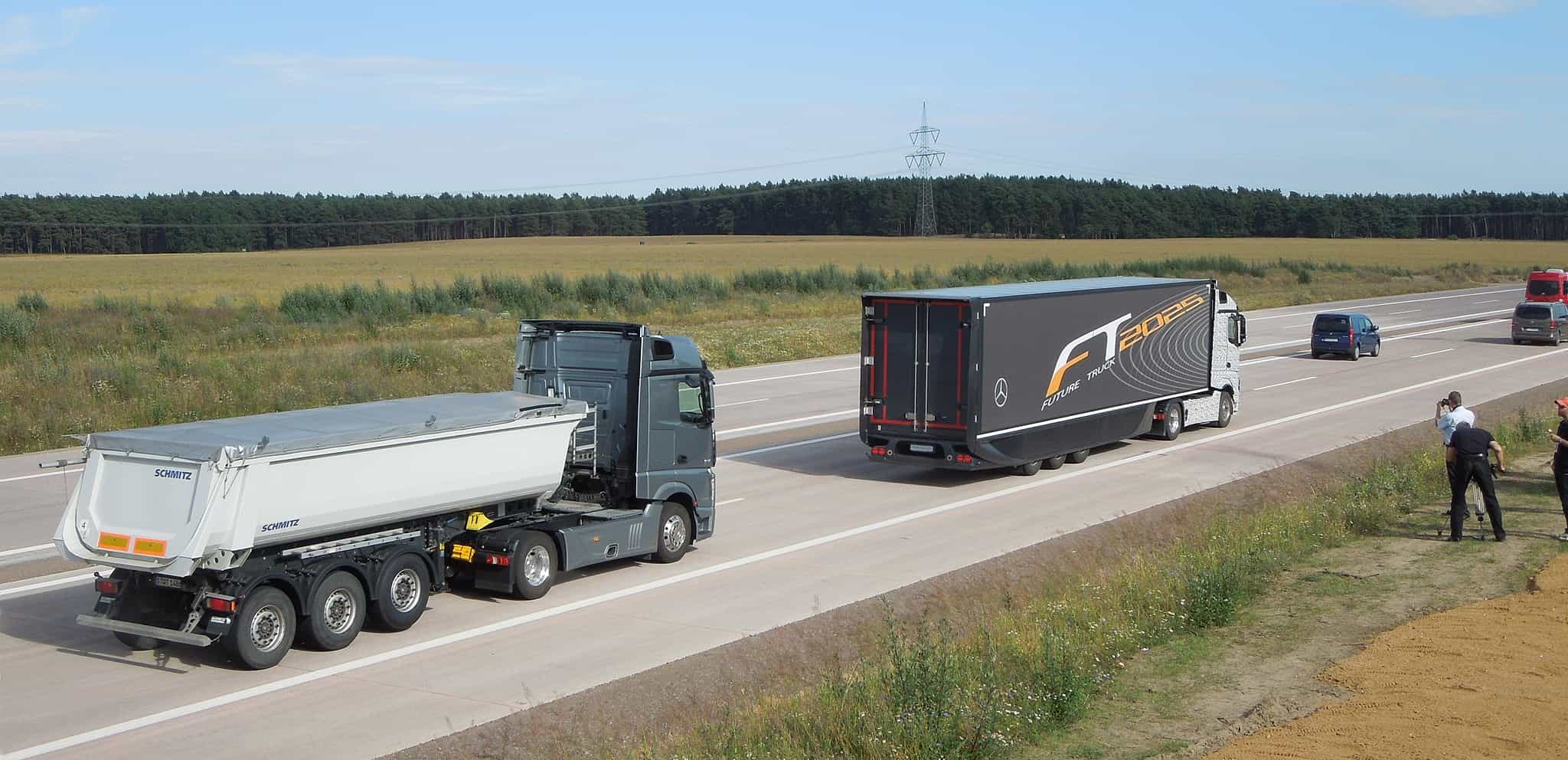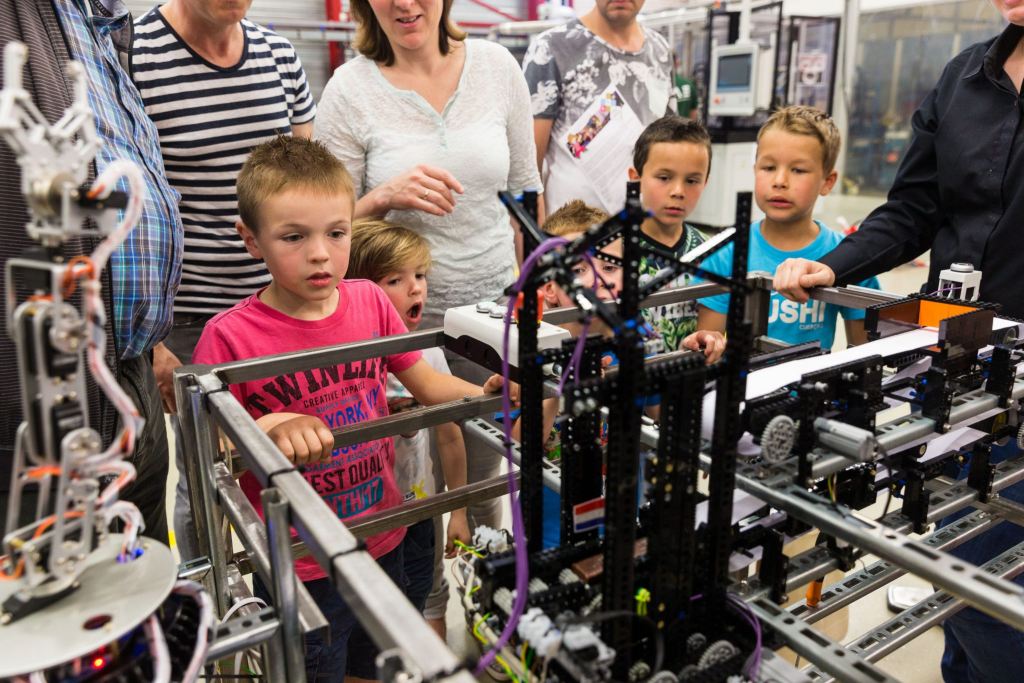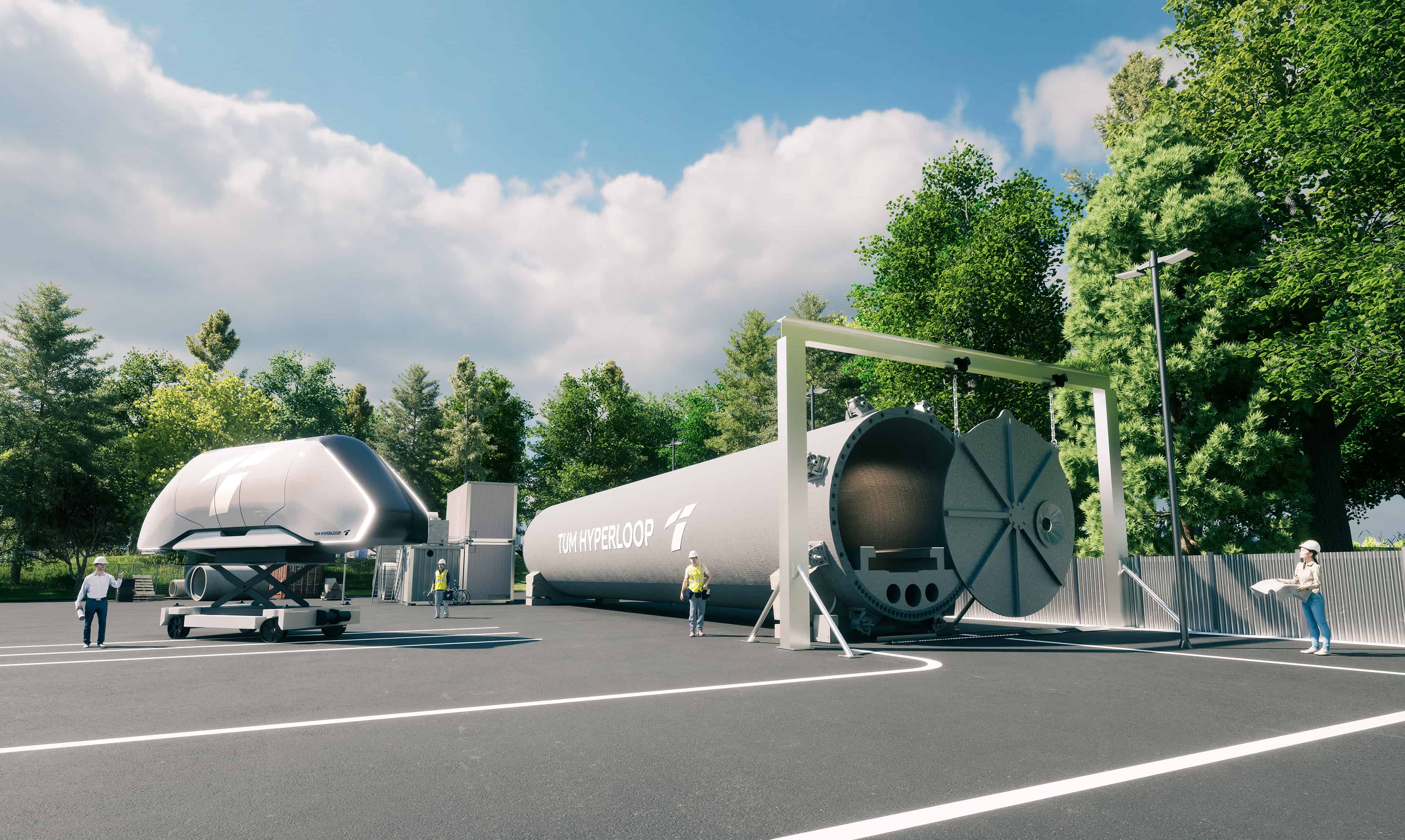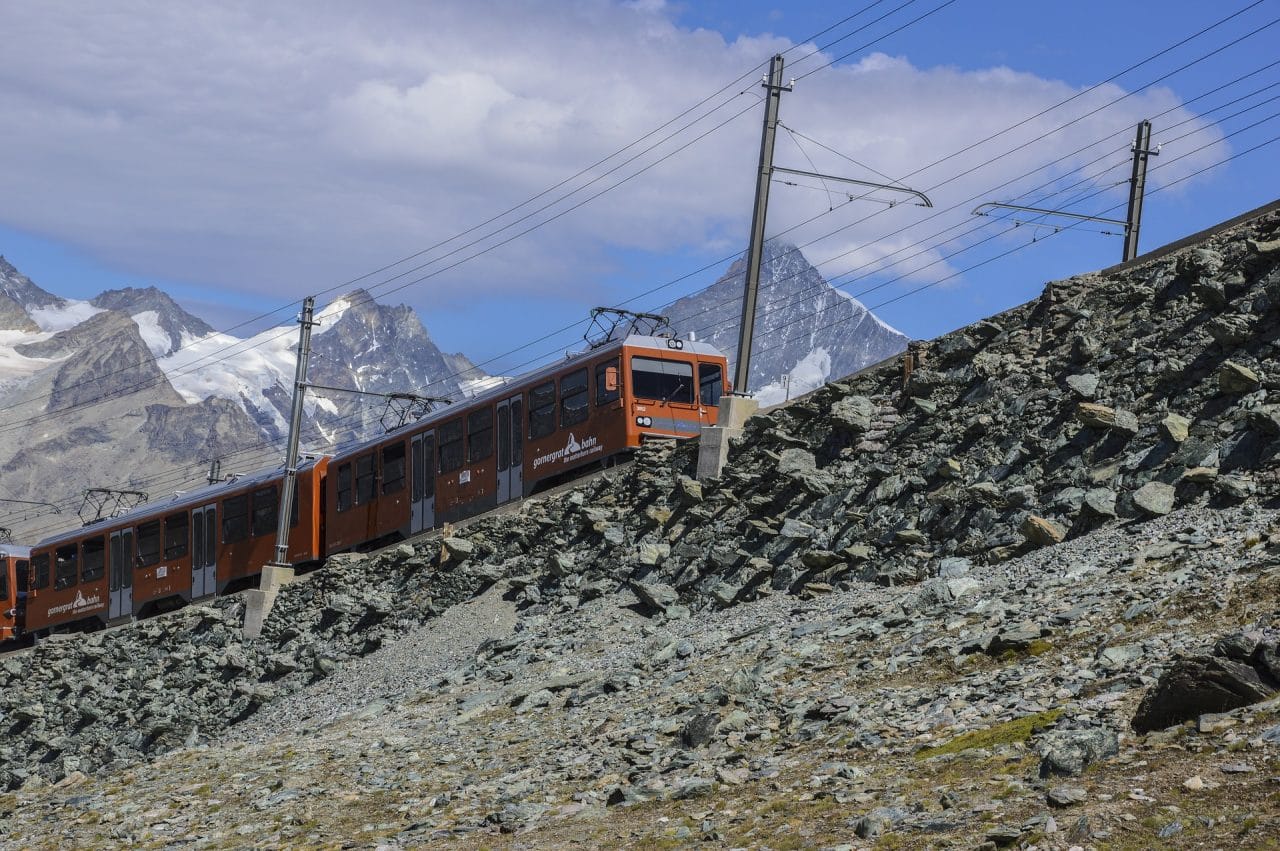
The construction of transportation infrastructure in alpine regions is a real challenge. Support structures are indispensable for roads and railways. There are numerous concrete walls with and without underground anchors which stabilize the ground on hillsides or around corners.
Critical road infrastructure such as bridges and support structures must be subjected to continual inspection. In Austria, this is regulated by the guidelines and regulations for the public road system. However, inspection is fairly difficult and requires the interdisciplinary cooperation of engineers from the fields of civil engineering, geodesy and metrology. Support structures on steep slopes are often difficult to access. In addition, technical measuring instruments and reference and threshold values are at times inadequate. Up until now, damage and defects could only be determined by visible indicators.
Quantifiable measurement methods for warnings against collapse
The fact that the state of monitoring technology is not up to standard was most recently demonstrated by an increase in the number of cases of damage to older retaining walls. In 2012, a ten-meter-high retaining wall collapsed at the Schönberg toll station on the Brenner motorway and cost a person their life. This lead to numerous walls being comprehensively re-evaluated and upgraded. In order to find new approaches, the SIBS research project (Safety Assessment of Existing Support Structures) was launched in 2015 under the auspices of the Institute of Soil Mechanics, Foundation Engineering and Computational Geotechnics (VÖBU) The aim was to find reliable, quantifiable methods for a warning system against any potential collapses. The project has subsequently been completed and the results will be presented at the AIT Center for Mobility Systems in Vienna on September the 19th, 2019.
In the following interview Alois Vorwagner from the AIT Center for Mobility Systems discusses the results:
What characterizes the design of retaining walls on transportation routes?
In order to build roadways and train tracks in alpine and mountainous areas, hillsides are secured with retaining walls. For example, if the gradient of a slope is 45 degrees and the width of the road is five meters, then a five-meter-high retaining wall needs to be put in place. An alternative would be an embankment. But it is often the case that you do not have enough space for these, especially in mountainous regions.
There are different types and categories of support structures. The main focus of our project was on support structures made of reinforced concrete which are also secured with earth anchors. The anchor consists of a metal rod that is placed in the ground. Its function is to provide extra stability to the wall and transfer its reactive force into the ground. There are two types of anchors:
- The anchor rod has a solid steel cross section.
- The strand anchor is made up of several wires that form a bonded anchor.
The structural principle is the same for both: a retaining wall is built and a horizontal or slightly slanted hole is then drilled into it. The rod or strand anchors are inserted into these holes, then fastened with cement and tightened. The cement serves to fix the anchor into place in the ground and also to protect against corrosion. Permanent anchors are also protected against corrosion, for example, inside plastic pipes.

What kind of defects could occur in support structures?
For instance, corrosive damage to anchors was examined in this project. A probable source for the damage is the anchor head, which is the point where the anchor enters the concrete. This is usually attributed to the corrosive effect of road salt. Further inspection is consequently difficult here.
At the same time, corrosion of concrete walls which had been reinforced with steel was also studied. During the construction of anchored retaining walls, a construction joint is created in the concrete structure at the junction between the base and the perpendicular wall segment. This is subject to extreme pressure levels and can present a weak point. The critical area is on the rear side, where the wall presses down into the ground and is not visible from the outside.
One of the devices that arose from the research project was a laser scanner which could be mounted on a vehicle that measures the condition of the wall as it passes by. This reading can take place in moving traffic. This allows a large number of structures to be inspected quite quickly and without disrupting traffic. What technology was used?
Variations in gradient are measured. If there is corrosion or fluctuations in pressure, the degree of the gradient will change. The wall gradient is a parameter that is able to be measured accurately. The laser scanner operates at one million pixels per second. During the project, two scanners were mounted on a vehicle and tests were carried out at speeds of up to one hundred kilometers per hour. This type of measurement creates a scatter diagram from which the gradient degree can be determined – along with the help of a newly developed algorithm. This technology was developed by colleagues at the Graz University of Technology in Austria.
Besides all that, an ultrasonic technique was designed for the detection of corrosion in earth anchors – and for the reliable diagnosis of the corrosive condition of prestressed strand anchors. How is ultrasound used?
The ultrasonic sensor penetrates through the anchor. Based on the response, it can be determined if and where corrosion is present. This requires numerous reference measurements and evaluation procedures. These were developed by our project partner Burtscher Consulting.
Detection of corrosion damage is particularly difficult in the case of anchored retaining walls. Which problems could be solved with this novel monitoring approach for anchored retaining walls that are corroding?
It is a monitoring approach for the subsequent examination of support structures where damage is indicated by variations in wall gradients and warping. In a large-scale test, we simulated corrosion processes – various scenarios whereby damage to walls were created and the parameters essential for the detection of corrosion were assessed. However, important decisive parameters can only be found in the combination of various sensor data and by using approaches based on theoretical probability.
In this project we aim to find out how the monitoring of support structures can be implemented in a targeted manner. We tried to test reference and threshold values. Nevertheless, it is not as yet possible to establish a definitive threshold value for anchored retaining walls. If we install highly sensitive sensors on a wall which is already forty years old, we are only able to measure how the wall undergoes relative distortion – i.e. its slant and compression from the time the sensor is installed.
In the end, we are able to differentiate between two different causes of wall gradients in angled retaining walls with this approach to monitoring:
- Earth pressure variations (due to external influences such as rain);
- Corrosion processes in the structural joint;
These two causes influence each other. Which means that identifying them is not easy.
Thank you for this interview.
The SIBS research project was funded by the Austrian Research Promotion Agency (FFG) in the context of an industry-specific project.
Also of interest:
Moist walls and dilapidated components – Fraunhofer presents solutions at BAU in Munich

